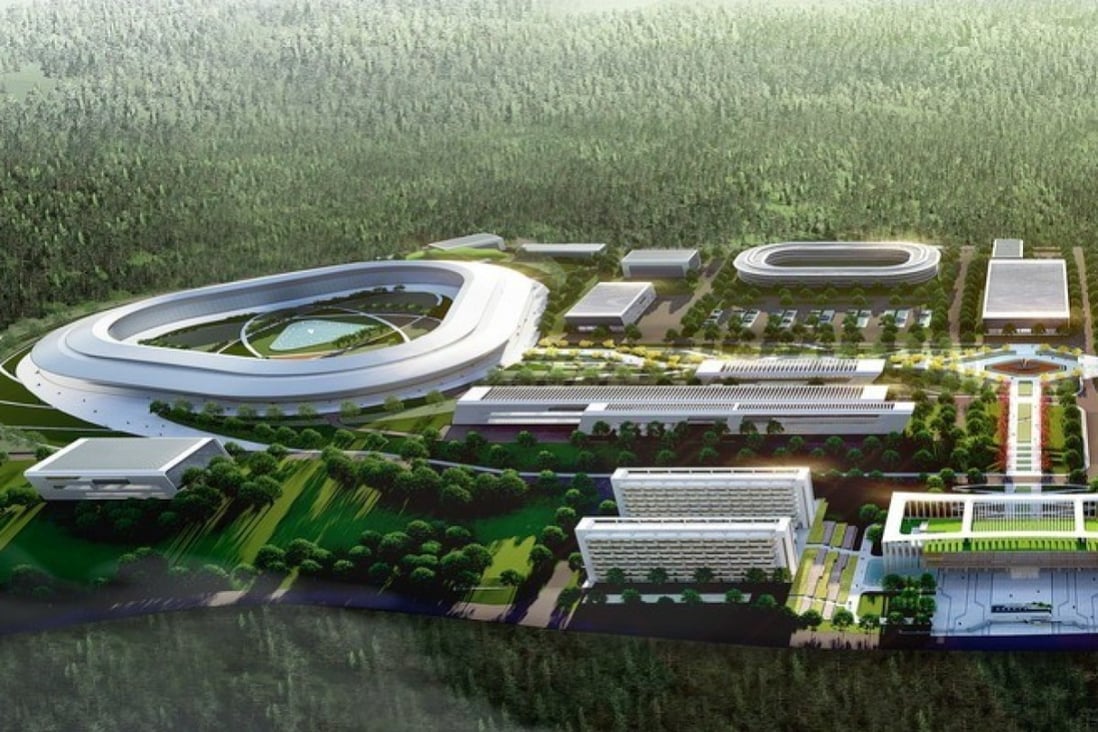
They are firing up the earth shakers! CERN and friends are back online! FASTER, STRONGER, FIERCER.
Get ready for losts of peculiar happenings worldwide. There is no telling what they are really up to, all we can go by is what they tell us. Bear in mind that these people ALL LIVE BY FUNDING. They have to continually justify their existence or die, so take everything they say with a grain of salt.
What follows is a collections of news items about CERN along with other Accelerators and related facilities. It is in no way an all inclusive report. I only pulled the ones most familiar and most controversial. There are many more facilities like these or related all around the world. I included a link to the majority of them at the bottom of this post.
As far as I am concerned all this stuff is a bunch of Mumbo Jumbo and a total waste of MONEY! Beyond that, it is an outrageous risk to humanity and the survival of our earth. I believe there are evil forces at work driving all these scientists. Many of them are into pagan deities, Kabbalah, Witchcraft and/or Magic. I don’t trust “scientists” as far as I could throw them, and at my age and condition, that would not be very far. That is my personal opinion, to which I am entitled.
That said. We will take a look at the what they would have us believe, and what they say to justify their experiments. In the process we will gain a better idea of the different facilities involved and the costs incurred. For some of you this may be all brand new information. For some of you just an update. For all of us, it should be cause for concern and for prayer.
Heads up! Eyes and ears open. Read on. Remember these are only excerpts, if you want to read the complete articles, just click the title links.
spacer
If the scientists, technologists and the ruling elite would just repent and turn from their evil ways they would come to realize that GOD’s WORD is True. JESUS CHRIST is the one who HOLDS ALL THINGS TOGETHER. See the image at the top of the page.
spacer
Here is a promotional video on what CERN is doing now. Take it with a grain of salt. Remember ALL MODERN SCIENCE is only THEORETICAL. They can, by their own admission, NEVER PROVE ANYTHING. Theories is all they deal in.
spacer
spacer
SCIENCE
THE LARGE HADRON COLLIDER RESTARTS NEXT WEEK — HERE’S WHAT IT’S HUNTING FOR
Here’s what you need to know.
koto_feja/E+/Getty Images
ON JULY 5, underneath the suburbs of Geneva, Switzerland, the world’s largest particle collider will fire up and start collecting data again. And what they might find has the potential to blow particle physics wide open.
Physicists have high hopes for Run 3. They hope to unlock new particles and new mechanisms that they’ve never been able to see. Recent physics research has unveiled a possible fifth force and challenges to the Standard Model of physics. Run 3 could
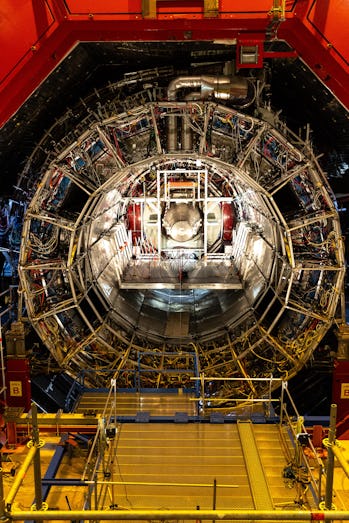
The LHC is a behemoth. It’s housed in a circular tunnel, 27 kilometers (17 miles) in circumference and 4 meters (13 feet) wide, buried several stories underground. From CERN’s headquarters in the Geneva suburbs, this tunnel streaks under the towering Jura Mountains, along the undulating French-Swiss border, and comes back again.
LHC is so large because, with more circumference for a particle beam to accelerate through, particles can get ever closer to the speed of light and, therefore, carry higher energies. With higher energies, physicists can see more particles when beams collide.
As massive as the LHC is, scientists aren’t afraid to dream even bigger. If some scientists have their way, LHC will have a future successor — a so-called Future Circular Collider — that has nearly four times the circumference.
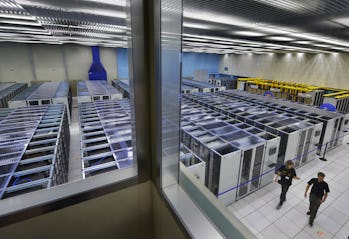
There aren’t *new* experiments per se — but they build on existing ones in search of unknown physics.
LHC isn’t just one big experiment. It actually hosts multiple experiments. Each one is looking for different particles or examining different physics. Each one has its own detector located somewhere along the accelerator’s loop. Each one is supported by as many as hundreds of scientists all over the world.
There are four big ones. ATLAS and CMS are “general-purpose” experiments, looking at a wide range of particles that pass through their respective detectors’ scrutiny. These two experiments found the Higgs boson.


ALICE hopes to study a quirky phase of matter known as “quark-gluon plasma,” where atoms literally melt away into a superhot soup. Cosmologists believe that quark-gluon plasma dominated the universe for a brief moment, early in its history.
LHCB (short for “LHC beauty”) aims to examine one particular particle, called the beauty quark. Scientists think the beauty quark can teach them more about the differences between matter and its opposite-charge, destructive twin: antimatter. When matter and antimatter touch, they annihilate each other. The Big Bang ought to have created matter and antimatter in equal amounts, but it seems to have created excess matter— the matter that surrounds us. This imbalance has no explanation.
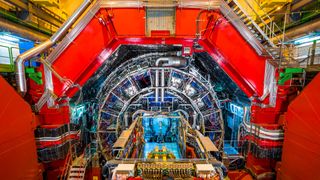
There are several smaller experiments, many of them looking at other specific particles or other elements of physics.
For decades now, particle physics has lived and died by the so-called Standard Model. It’s a schema that neatly lays out the fundamental particles of the universe — 17 of them — and how they interact with each other. It governs three of the universe’s four fundamental forces: the strong nuclear force, holds particles together inside the nucleus of an atom; the weak nuclear force, which which applies to the decay of particles and guides some forms of radioactivity; electromagnetism; and gravity
The strong force is one of four forces known in the universe, along with the “weak force” — — as well as the electromagnetic force .
For decades, particle physics seems to have almost always obeyed the Standard Model’s predictions — almost.
Particle physicists are increasingly of the mind that the Standard Model isn’t all there is. There are a few curiosities that the Standard Model doesn’t satisfy. For instance, the model does not answer the fourth fundamental force: gravity. Nor has it (so far) given a satisfactory culprit for dark matter, which is more than five times greater in abundance than “normal” matter.
Some of these unanswered questions have made scientists suspect that there’s a fifth fundamental force lurking somewhere out there. One idea is that this fifth force is somehow linked to dark energy, a mysterious form of energy that seems to be causing the universe to accelerate.
Some experiments have hinted at particles beyond the Standard Model, perhaps the bearers of physics beyond scientists’ current understanding.
Recently, scientists poring over old data from a different particle accelerator at Fermilab in suburban Chicago found that one particle, the W boson, has a higher mass than expected. It sounds minor, but it’s a serious breach of the Standard Model. Physicists hope that LHC can help them test this.
spacer
Large Hadron Collider revs up to unprecedented energy level

The world’s largest and most powerful particle collider started back up in April after a three-year break for upgrades in preparation for its third run.
From Tuesday it will run around the clock for nearly four years at a record energy of 13.6 trillion electronvolts, the European Organisation for Nuclear Research (CERN) announced at a press briefing last week.
It will send two beams of protons — particles in the nucleus of an atom — in opposite directions at nearly the speed of light around a 27-kilometre (17-mile) ring buried 100 metres under the Swiss-French border.
The resulting collisions will be recorded and analysed by thousands of scientists as part of a raft of experiments, including ATLAS, CMS, ALICE and LHCb, which will use the enhanced power to probe dark matter, dark energy and other fundamental mysteries.
1.6 billion collisions a second
“We aim to be delivering 1.6 billion proton-proton collisions per second” for the ATLAS and CMS experiments, CERN’s head of accelerators and technology Mike Lamont said.
This time around the proton beams will be narrowed to less than 10 microns — a human hair is around 70 microns thick — to increase the collision rate, he added.
The new energy rate will allow them to further investigate the Higgs boson, which the Large Hadron Collider first observed on July 4, 2012.
The discovery revolutionised physics in part because the boson fit within the Standard Model — the mainstream theory of all the fundamental particles that make up matter and the forces that govern them.
However several recent findings have raised questions about the Standard Model, and the newly upgraded collider will look at the Higgs boson in more depth.
Compared to the collider’s first run that discovered the boson, this time around there will be 20 times more collisions.
“This is a significant increase, paving the way for new discoveries,” Lamont said.
Joachim Mnich, CERN’s head of research and computing, said there was still much more to learn about the boson.
“Is the Higgs boson really a fundamental particle or is it a composite?” he asked.
“Is it the only Higgs-like particle that exists — or are there others?”
‘New physics season’
Past experiments have determined the mass of the Higgs boson, as well as more than 60 composite particles predicted by the Standard Model, such as the tetraquark.
But Gian Giudice, head of CERN’s theoretical physics department, said observing particles is only part of the job.
“Particle physics does not simply want to understand the how — our goal is to understand the why,” he said.
Among the Large Hadron Collider’s nine experiments is ALICE, which probes the matter that existed in the first 10 microseconds after the Big Bang, and LHCf, which uses the collisions to simulate cosmic rays.
After this run, the collider will come back in 2029 as the High-Luminosity LHC, increasing the number of detectable events by a factor of 10.
Beyond that, the scientists are planning a Future Circular Collider — a 100-kilometre ring that aims to reach energies of a whopping 100 trillion electronvolts.

But for now, physicists are keenly awaiting results from the Large Hadron Collider’s third run.
“A new physics season is starting,” CERN said.
spacer


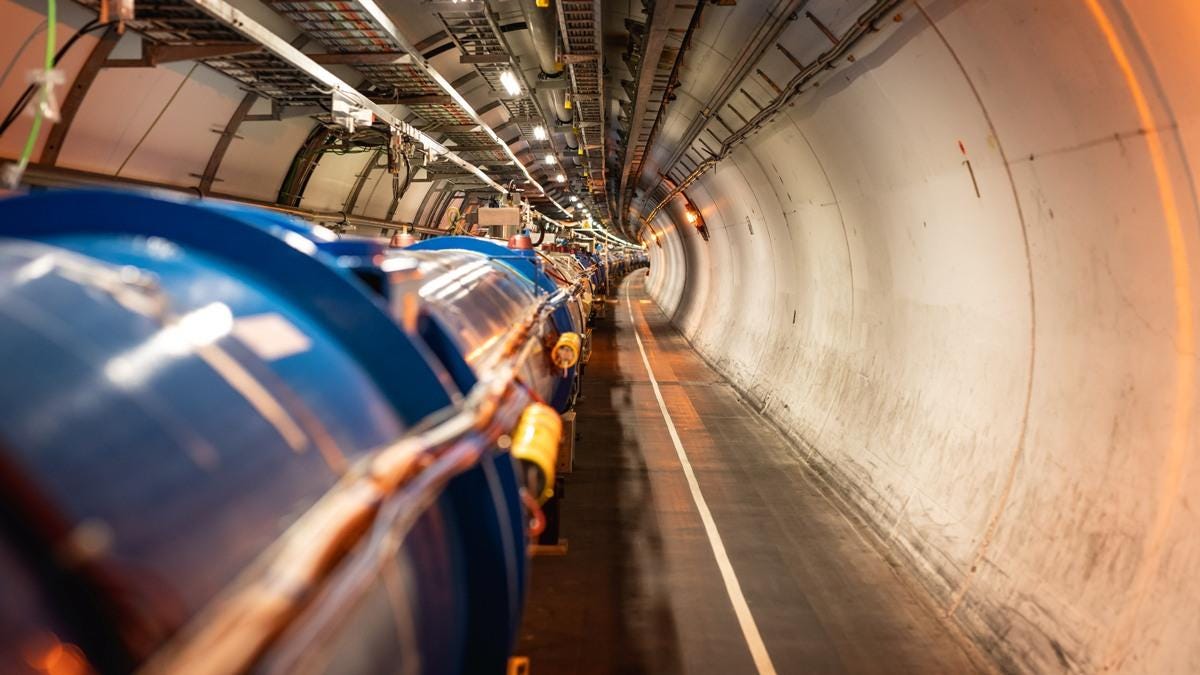
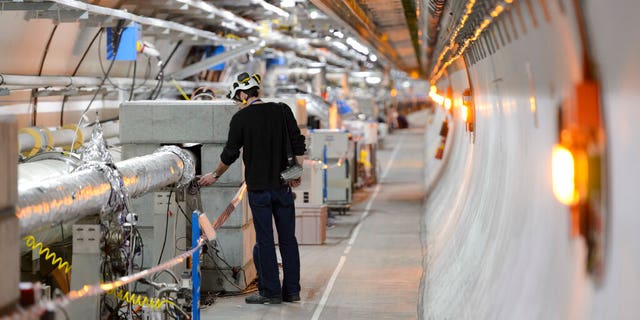





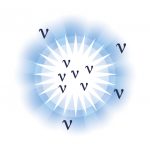
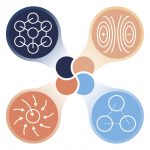










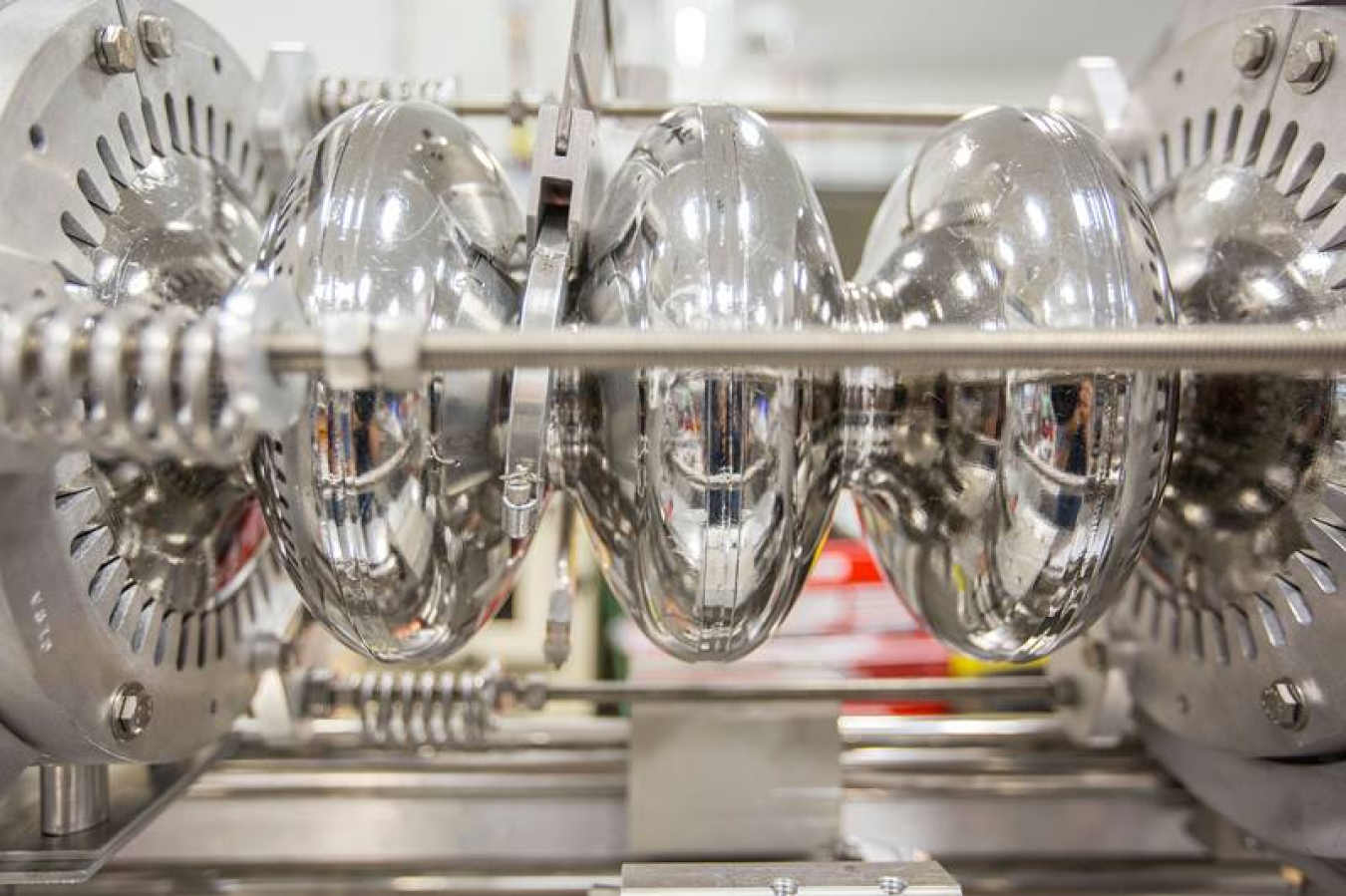
:quality(70)/cloudfront-us-east-1.images.arcpublishing.com/tronc/JKEOIDBLLJFNXBHIOSX73HZBUU.jpg)

